When it comes to controlling webworms from damaging the foliage on your trees and shrubs, it all about early detection and intervention.
Webworms are the foliage-eating pest responsible for creating the silky, web-like nests often found in trees and shrubs.
Although they are rarely fatal to healthy trees, they do create a lot of unsightly damage to the landscape.
Controlling Spring & Fall Webworms
There are actually two types of webworms. And each build their nests a different way, at two separate times of the year.
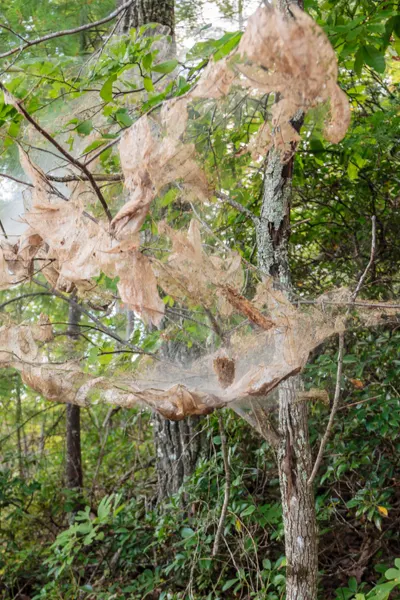
Spring Webworms
In the spring, the Eastern Tent caterpillar emerges from eggs laid on the tree the previous year.
They feed on the foliage for a few days and then form extremely thick and dense nests.
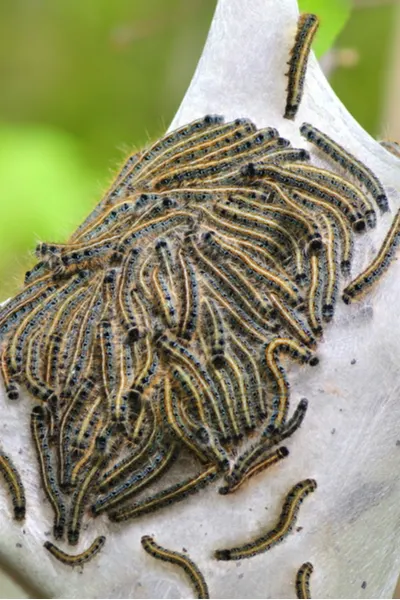
As the larvae in the nest hatches, the resulting worms then repeat the cycle of worm to moth.
They complete the circle by laying more eggs on the branches for the following year.
Fall Webworms
The second type of worms are known as fall webworms. As their name implies, they create a webbed nest in late summer and early fall as opposed to spring.
And, unlike the dense and thick nest of the Eastern Tent Caterpillar, the fall webworms nest is usually quite sporadic and untidy.
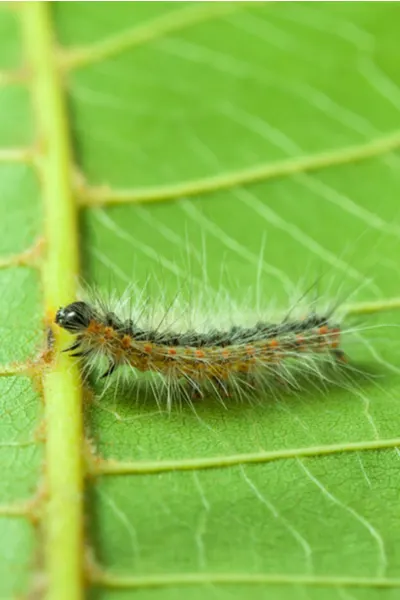
Fall webworms emerge as moths from eggs laid in the soil the previous fall.
The moths then head to the trees to form nests filled with new larvae. The larvae then hatches, and the young feed on the foliage of the tree.
To complete their cycle, the fall webworms then head to the ground to repeat the process all over again.
Knowing which of these pests you are dealing with is the key to preventing and controlling webworms.
How To Control Webworms
Hand Picking
The first line of defense, and one of the most effective for both spring and fall webworms, is hand pruning the nests from trees.
Early detection is the key here! This helps to eliminate the cycle by not allowing the next generation to develop.
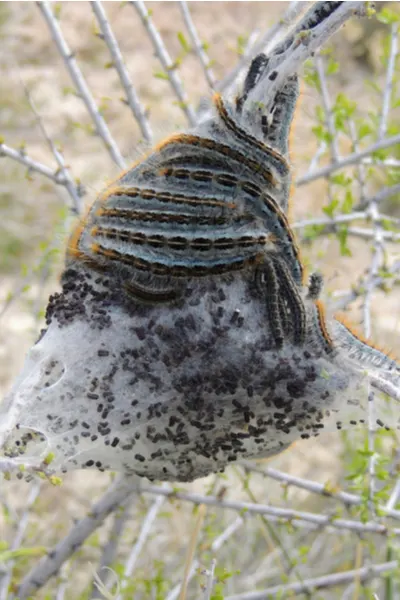
If allowed to hatch, both the spring and fall webworms will quickly feed and head out to create a new cycle of worms.
As soon as you see a nest, simply cut out the affected branch or branches. Next, either burn the nest or wrap it up tightly in plastic to dispose.
Removing Spring Webworm Eggs In The Fall
One extra step for helping eliminate spring webworms is to look for their eggs in the fall.
The Eastern Tent caterpillar will lay it’s eggs on branches in small clusters. By simply removing these in the fall, you eliminate next year’s issues.
Burning Out Nests
Some folks opt to burn the nests out in place in the trees.
Although effective, it can also be a bit dangerous. Especially in the fall, when leaves can be dry and easily catch fire to the whole tree.
Organic Spraying Options
Believe it or not, by simply removing nests and eggs as you see they form, you can usually control the problem with relative ease.
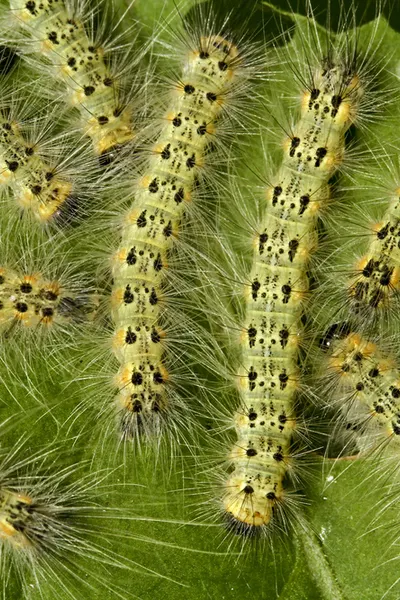
In severe cases or heavy infestations, organic-based horticultural oils can be used to help control webworms in a more systematic approach.
To be effective, the entire tree needs to be coated with the oil to smother and kill the eggs or moths.
The key to success with horticultural oil is all about spraying at the right time.
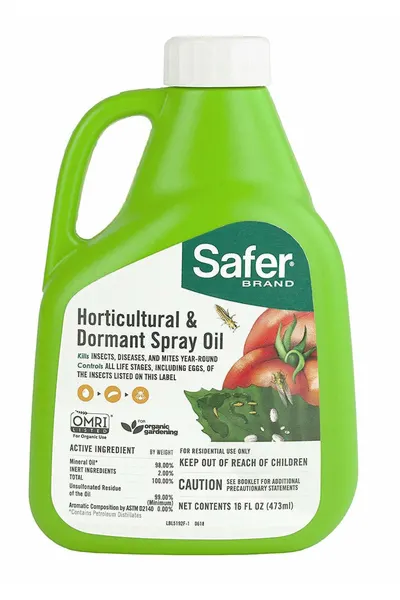
For this option, it is always best to check with your local extension office to find out the best time and options for spraying.
So keep your eyes peeled to your trees, and be on the lookout for the first signs of webworms. Remember that early detection and removal is the key to success!
For more on pest control in the landscape, check out our Pest Category Page.

This Is My Garden is a website dedicated to spreading the love and knowledge of gardening around the world. We publish two new garden articles each week. This article may contain affiliate links.
